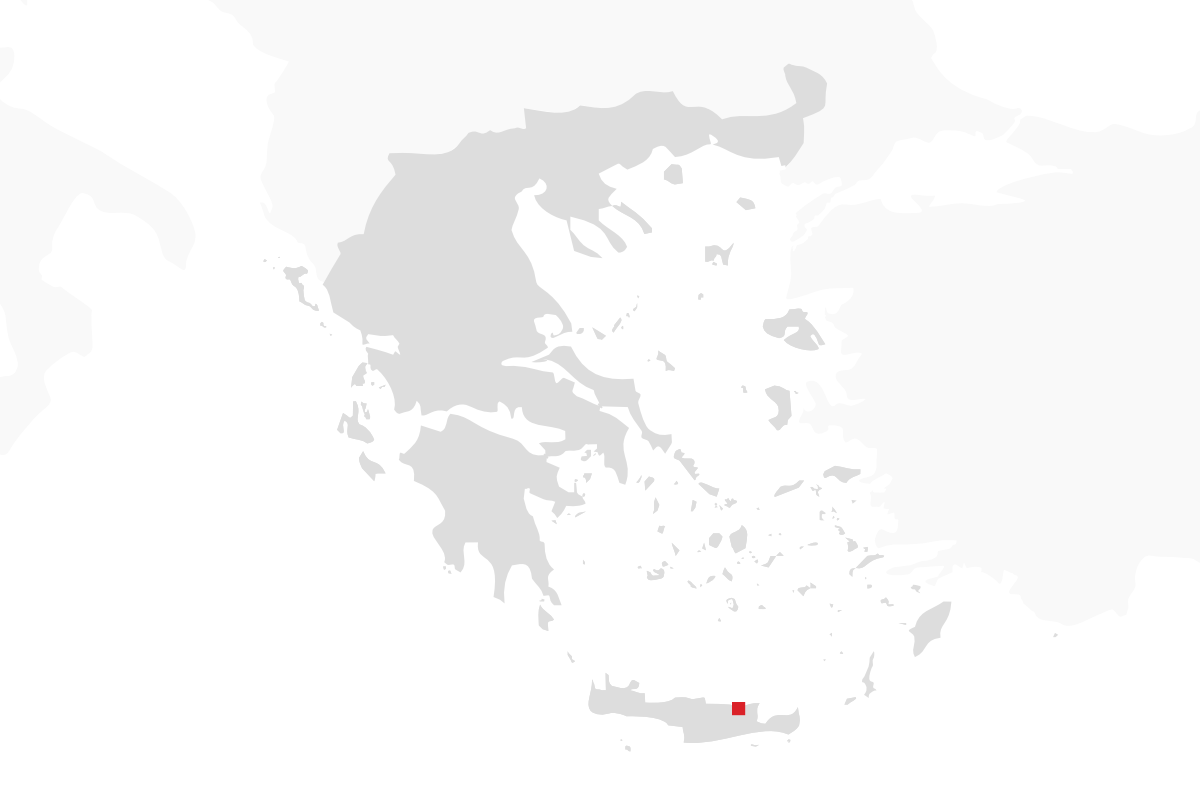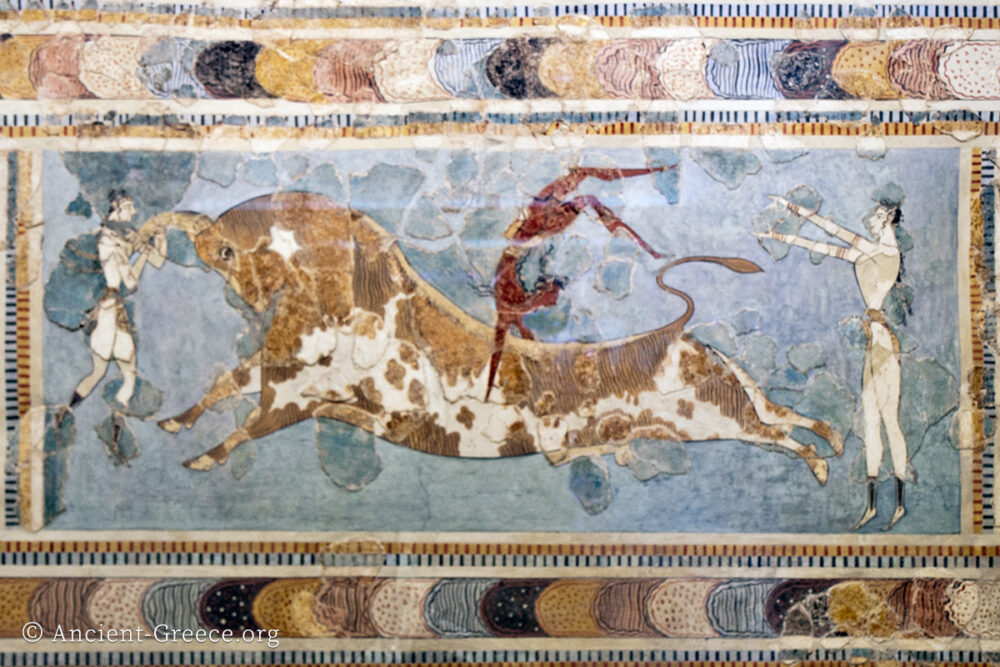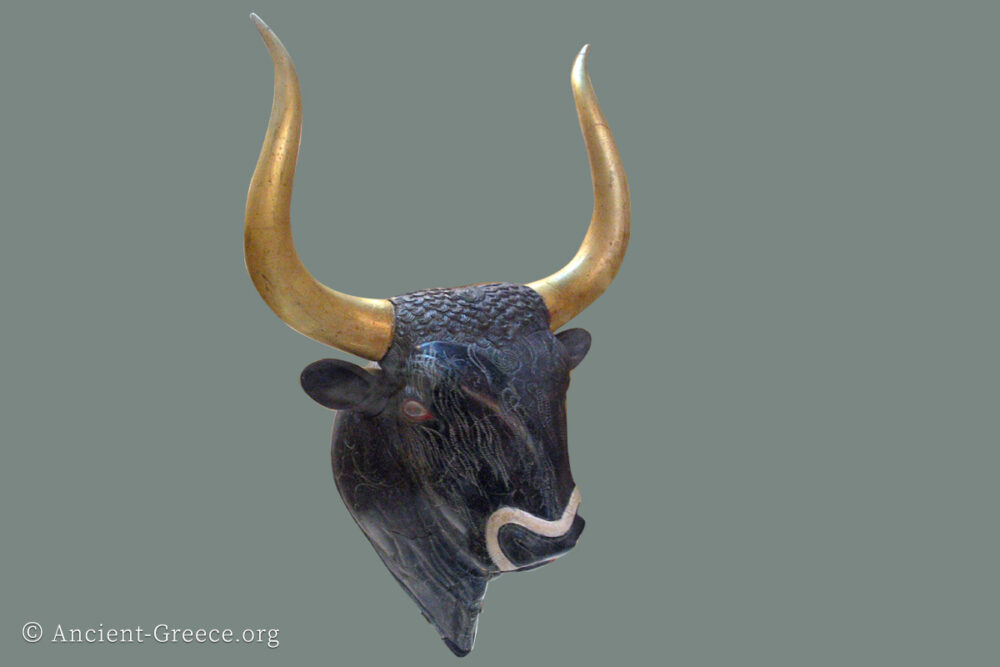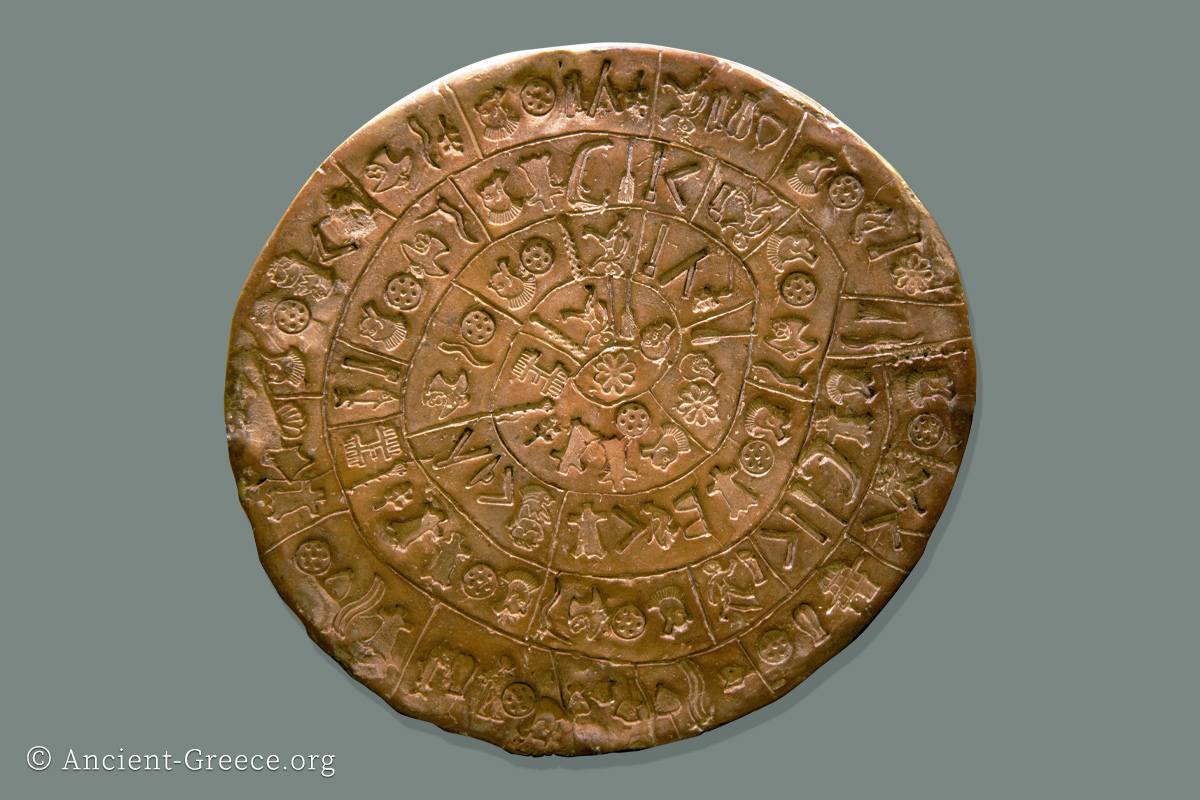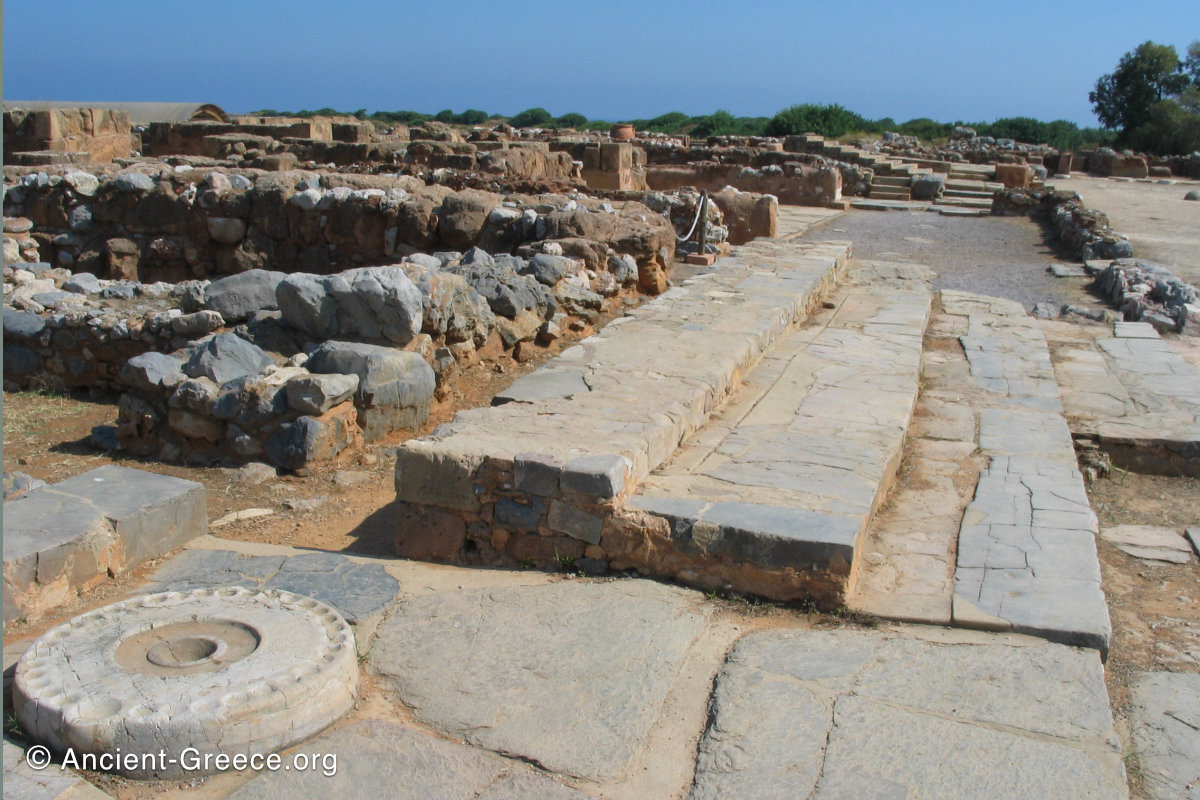
On this page:
The Minoan palace at Malia (Μάλια) is the third largest palace of Minoan Crete after Knossos and Phaistos.
The palace’s proximity to the sea was obviously important in the development of the site into a cultural hub for its Bronze Age inhabitants.
It was first built around 1900 BCE, a time of feverish development for the entire island population. It subsequently followed the same cycle as the other palaces of the time, and it was destroyed by unknown reasons around 1650 BCE before it was immediately rebuilt.
The Palace
The palace occupies 7500 square meters at the edge of a fertile valley near Hersonissos in Northern Crete.
The ruins at the site today reflect this second rebirth of the palace on the ruins of the old one, and the excavations which persist to our day reveal a place of significant economic and political activity which lasted until its final destruction by fire in 1450 BCE.
The architecture of this Neopalatial palace roughly follows the plan originally laid by the destroyed palace.
A large central court yard is surrounded by storage rooms to the east, the theater, several crypts and corridors to the West, and the main entrance to the south.
Similarly to other Minoan palaces, there is a smaller courtyard to the west where modern visitors normally enter the ruins, adjacent to the eight circular Koulouras (granaries).
Malia Palace Photos
Area M and Chrysolakos
An extensive complex of settlements had developed around the palace itself. A large complex dating back to the Protopalatial period (area “M” to the north-east of the palace) included metal and ceramic workshops, along with storage and cult rooms.
Nearby excavations of the Necropolis at Chrysolakos (meaning gold pit) yielded a wealth of important Minoan artifacts, including the famous gold bee pendant now exhibited at the Heraklion Archaeological Museum.
Excavations continue at area “K” which was the agora of Malia, near to the north of the palace.
Malia Area M Photos
Chryselephantine (gold and ivory) statue fragments from the Archaic Era.
Related Pages
